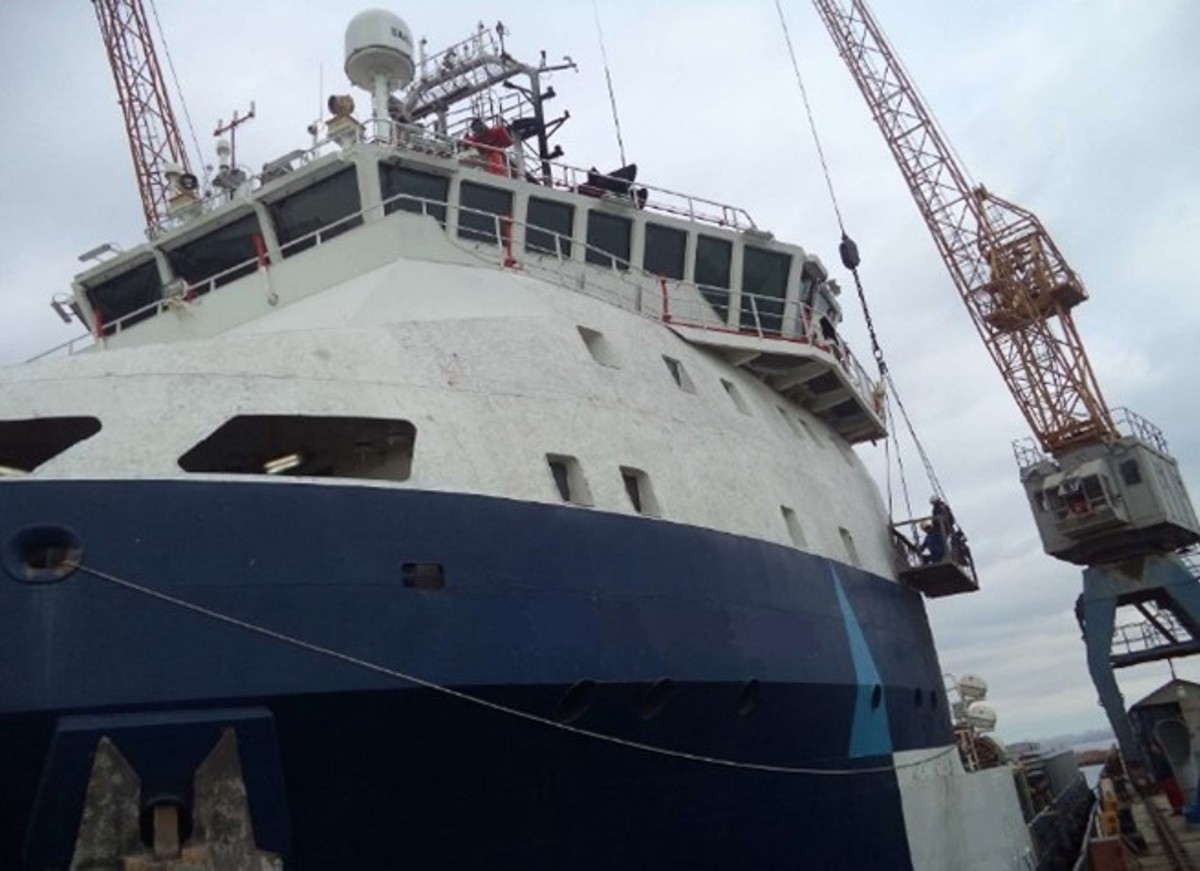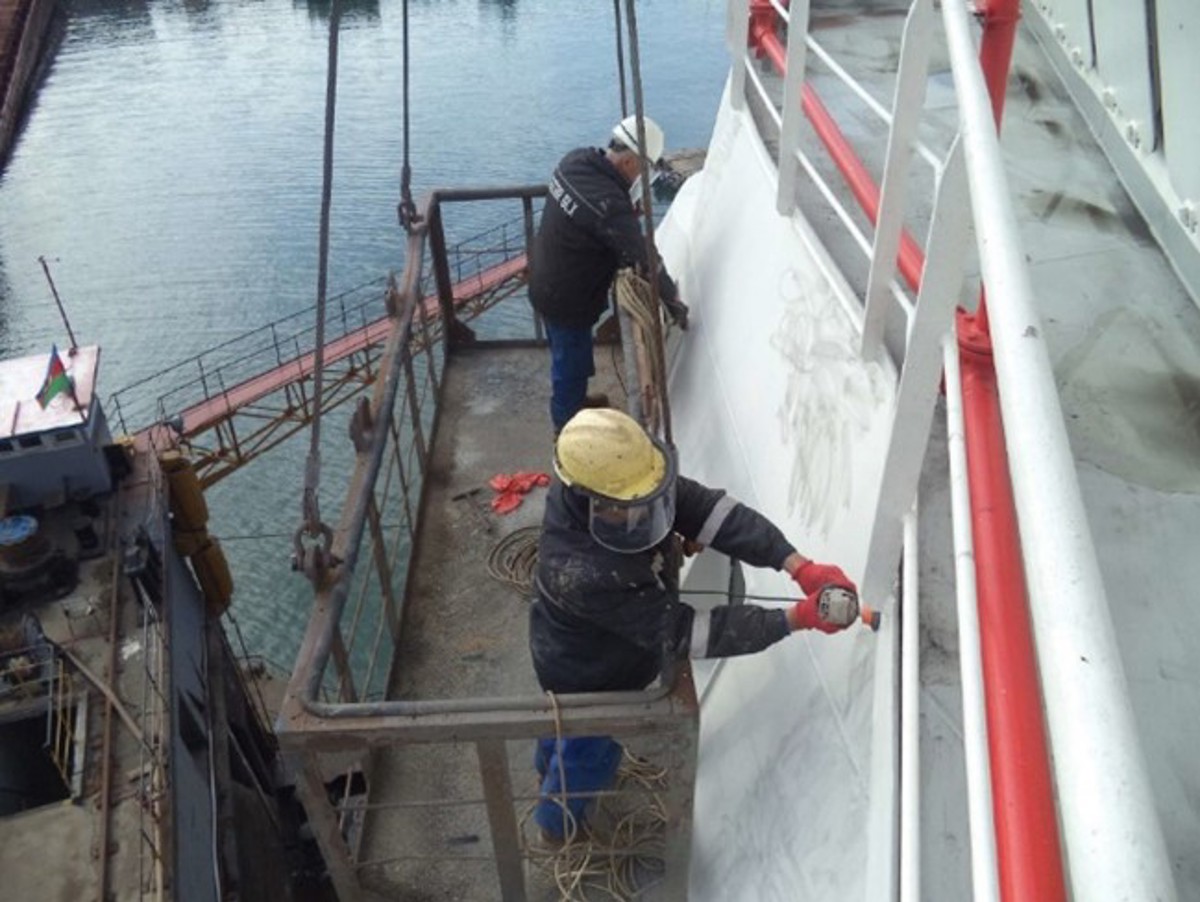Bypassing safety controls – violation of working at height requirements
- Safety Flash
- Published on 4 March 2021
- Generated on 5 July 2025
- IMCA SF 07/21
- 2 minute read
Jump to:
The hull of a vessel in dry dock was being painted using the shipyard crane and a personnel basket, but it was observed that workers in the basket had not been provided with safety harnesses.
What happened?
During this work process it was observed that the workers in the basket were not provided with safety harnesses.
The shipyard representative was requested to provide certificates for basket in use, but it was revealed that neither basket nor fall arrest equipment had valid test certificates.
The job was stopped and the shipyard was required to correct the situation.
Relevant certified equipment was then immediately provided.
What were the causes?
Preliminary causes identified by our Member were:
- Shipyard failed to follow agreed Control of Work process, or follow equipment certification & PPE requirements related to Work at Height activities as agreed by the contractor and the yard.
- It was not clear who was responsible for Control of Work and HSE oversight between the contractor and the yard. (IMCA italics).
Actions
- Revision of Safety Management System to include implementation of vessel pre-docking checklist to verify HSE readiness, including shipyard arrangements, cranes, relevant equipment and workforce certification prior to vessel docking.
- Arrange development of bridging agreements between shipyard and contractor, to specify Control of work responsibilities for any activities onboard of vessel, including external activities related to vessel hull.
Members may wish to refer to
- IMCA HSS032 / M221 Guidance on safety in shipyards – this document provides thorough and comprehensive guidance on this potentially difficult topic.
IMCA Safety Flashes summarise key safety matters and incidents, allowing lessons to be more easily learnt for the benefit of the entire offshore industry.
The effectiveness of the IMCA Safety Flash system depends on the industry sharing information and so avoiding repeat incidents. Incidents are classified according to IOGP's Life Saving Rules.
All information is anonymised or sanitised, as appropriate, and warnings for graphic content included where possible.
IMCA makes every effort to ensure both the accuracy and reliability of the information shared, but is not be liable for any guidance and/or recommendation and/or statement herein contained.
The information contained in this document does not fulfil or replace any individual's or Member's legal, regulatory or other duties or obligations in respect of their operations. Individuals and Members remain solely responsible for the safe, lawful and proper conduct of their operations.
Share your safety incidents with IMCA online. Sign-up to receive Safety Flashes straight to your email.

